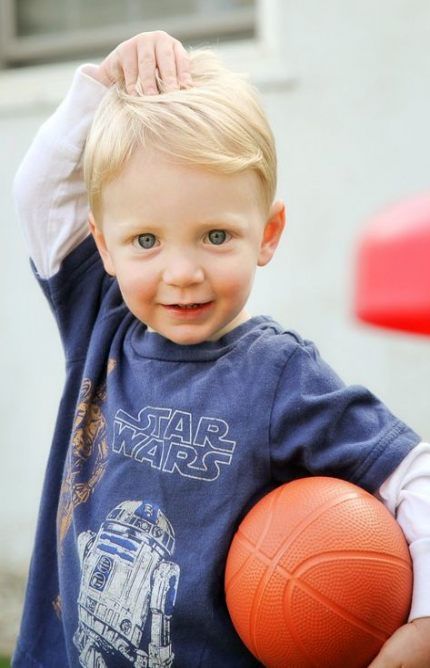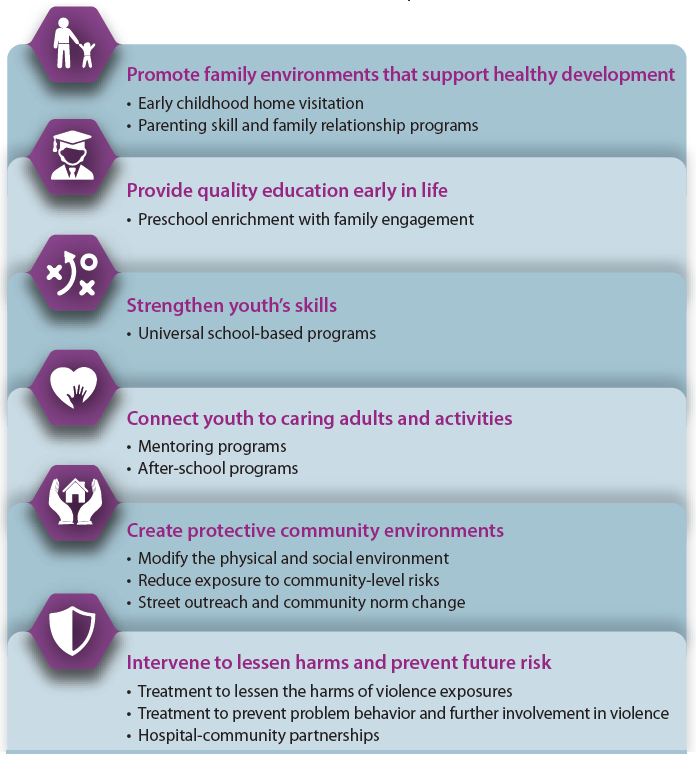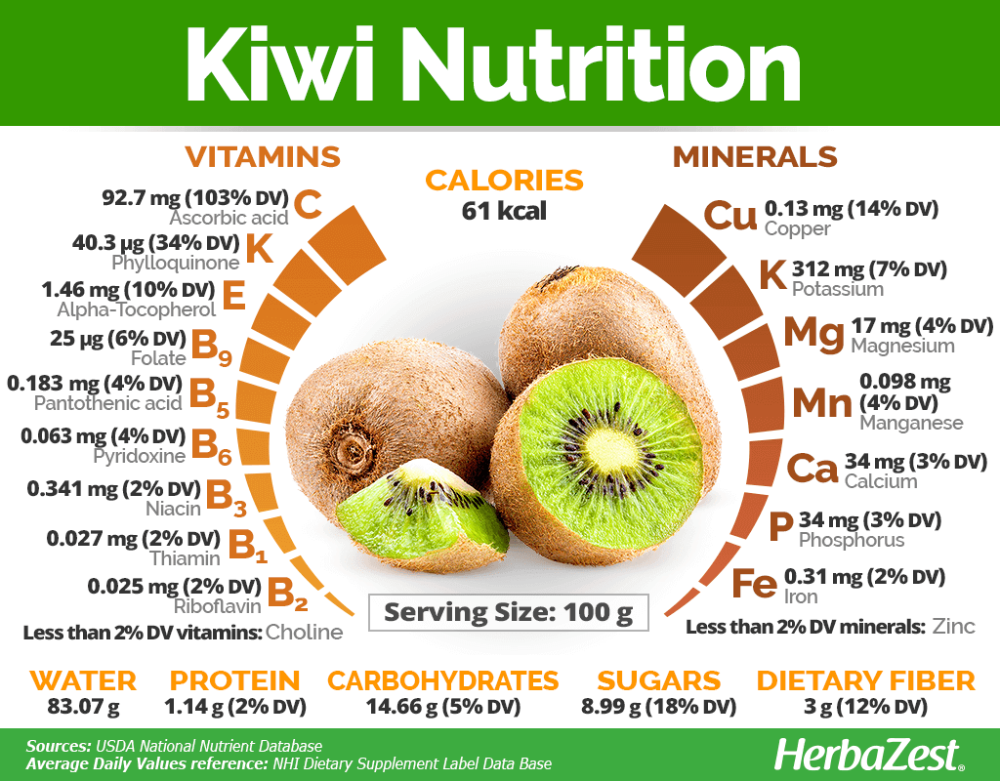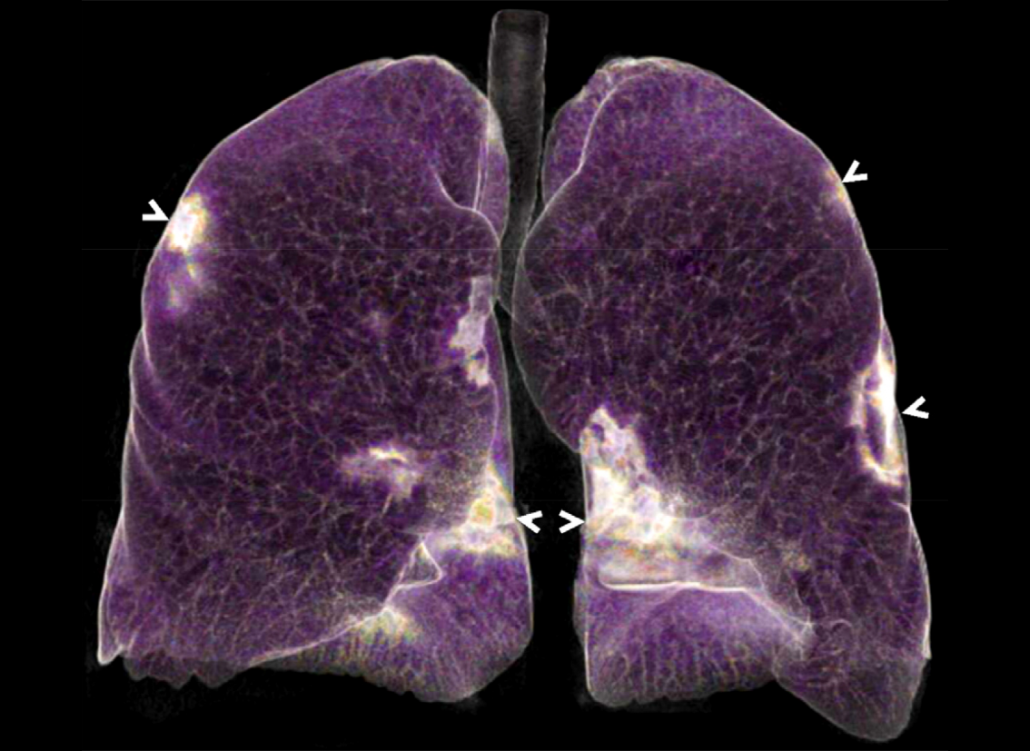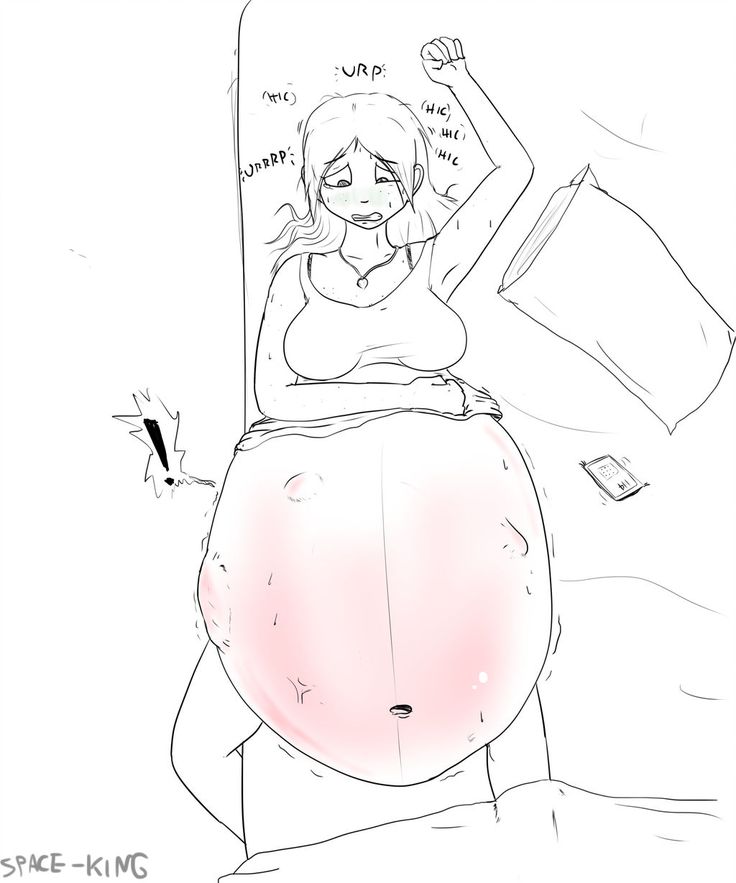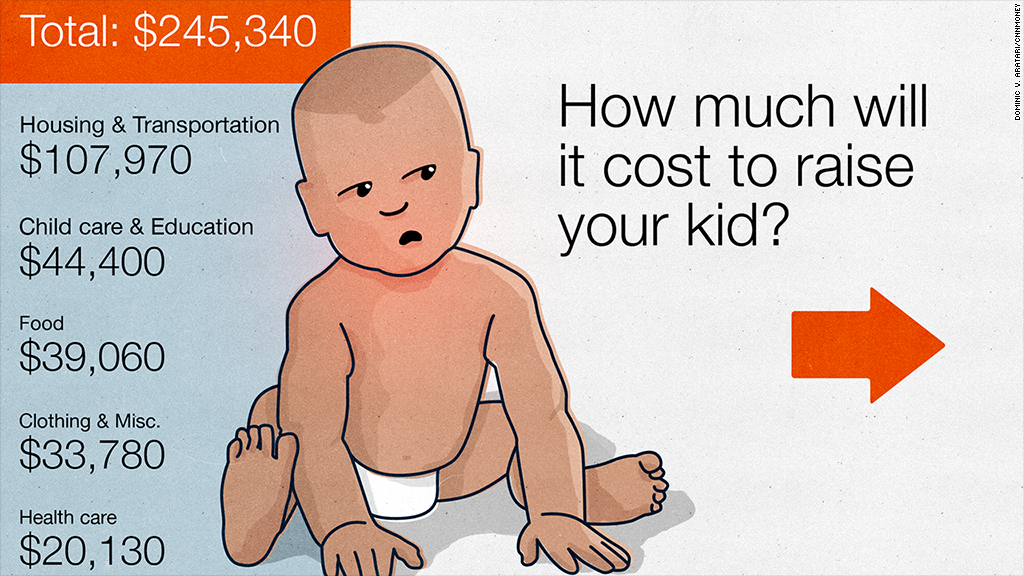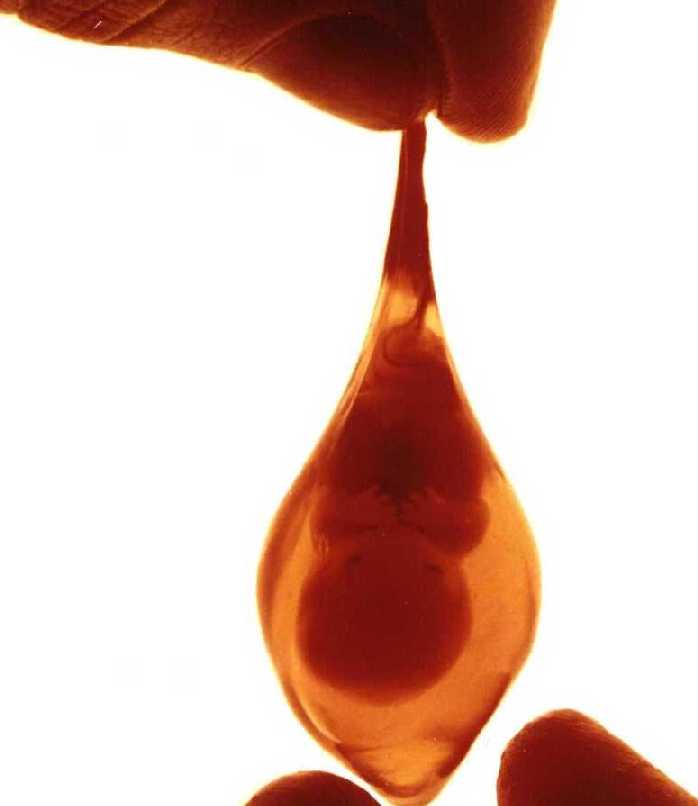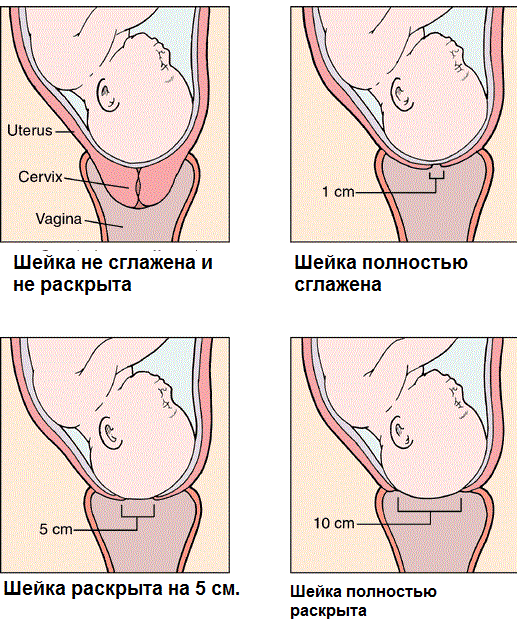2 years babies
Your toddler's developmental milestones at 2 years
Explainer
Everything you need to know about your growing 2-year-old.
By the age of 2, your toddler is talking, walking, climbing, jumping, running and bustling with energy. Your child now has a growing vocabulary and acquires new words on a regular basis. She/he can sort shapes and colours and may even show an interest in potty training. As your little one grows more independent, she/he may show signs of defiance as she/he begins to push boundaries and explore the world around her/him.
| Test your knowledge |
| Social and emotional |
| Language and communication |
| Brain development |
| Movement and physical development |
| Food and nutrition |
| Things to look out for |
| Tips and resources |
| < Back to Parenting Milestones |
Test your knowledge
True or false?
Loading. ..
Social and emotional milestones at 2 years
Some of the ways you’ll see your little one learning to connect with the people around him at 2 years:
- Likes to copy adults and other children.
- Gets excited when he’s with other children.
- He is more independent, even more defiant.
Tips for parents
- Find opportunities to engage in play and conversations with your toddler. Playtime could be as simple as rolling a ball back and forth, handing you their toys or helping you with safe activities like folding clothes with your supervision. These types of activities can help develop pro-social behaviours by fostering a sense of belonging and collaboration with others.
Language and communication milestones at 2 years
How your toddler is expressing her needs:
- Says short sentences with two to four words.
- Points to things when they are named.
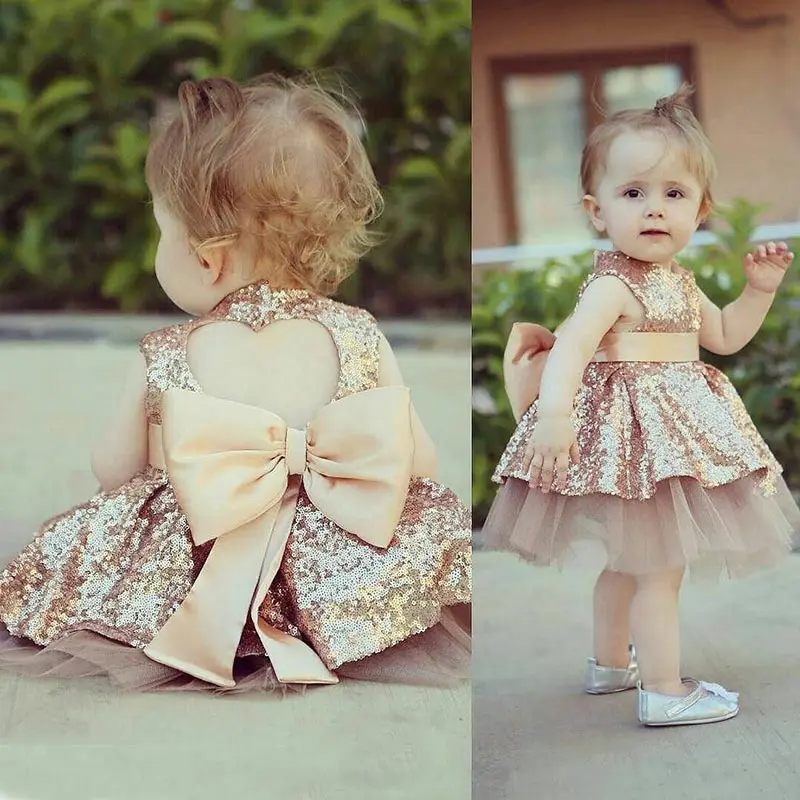
- Knows familiar body parts.
- Recognizes familiar people.
- Repeats words she has overheard and follows simple instructions.
Tips for parents
- When taking her for a walk, tell her the names of things you see.
Brain development milestones at 2 years
How your child’s brain is growing:
- Starts to sort shapes and colours.
- Can find things hidden under multiple layers.
- Completes sentences in familiar books.
- Plays simple make-believe games.
- Builds towers with four or more blocks.
- Can follow two-step instructions.
- May start to develop a dominant hand.
Tips for parents
- Encourage him to go looking around the room for objects you hide and give him hints.
Movement and physical development milestones at 2 years
How she’ll move through her environment:
- Can run, kick a ball and throw a ball overhead.

- Is starting to run.
- Climbs up and down from furniture without assistance.
- Makes or copies straight lines and circles.
Tips for parents
- Create little fine-motor skills challenges for your toddler, like asking her to turn the page of a book.
Food and nutrition milestones at 2 years
What mealtimes look like at 2 years:
- Chews with full jaw movements.
- Uses utensils with some spills.
Tips for parents
- Be calm and accepting. Give your child positive attention when he does eat, but don’t make it a problem when he doesn’t eat. Just take the food away, cover it, and offer it to him again a bit later.
Things to look out for
While all children develop differently, you should speak to your paediatrician if your 2-year-old:
- Doesn’t know how to use common objects.
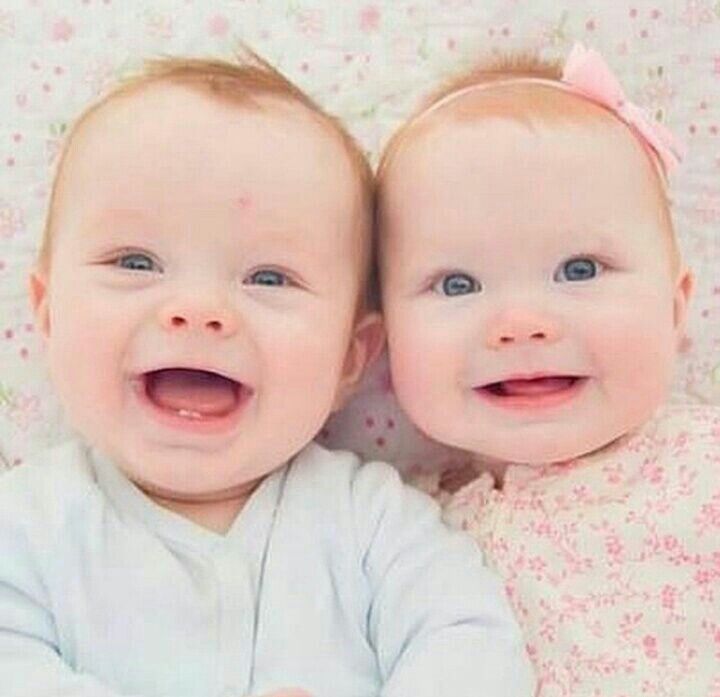
- Doesn’t use two-word phrases.
- Doesn’t copy actions or repeat words.
- Doesn’t follow basic directions.
- Can’t walk steadily.
- Loses skills she once had.
Explore age groups
2 Months | 4 Months | 6 Months | 9 Months | 1 Year | 18 Months | 2 Years
< Back to Parenting Milestones
Toddlers (2-3 years old) | CDC
Developmental Milestones
Skills such as taking turns, playing make believe, and kicking a ball, are called developmental milestones. Developmental milestones are things most children can do by a certain age. Children reach milestones in how they play, learn, speak, behave, and move (like jumping, running, or balancing).
Because of children’s growing desire to be independent, this stage is often called the “terrible twos.” However, this can be an exciting time for parents and toddlers.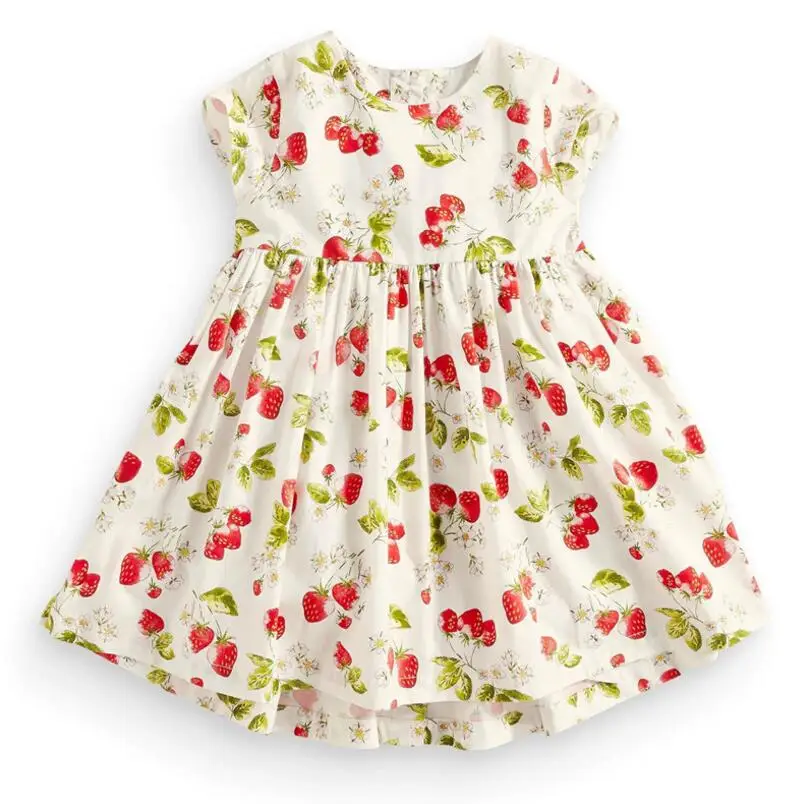 Toddlers will experience huge thinking, learning, social, and emotional changes that will help them to explore their new world, and make sense of it. During this stage, toddlers should be able to follow two- or three-step directions, sort objects by shape and color, imitate the actions of adults and playmates, and express a wide range of emotions.
Toddlers will experience huge thinking, learning, social, and emotional changes that will help them to explore their new world, and make sense of it. During this stage, toddlers should be able to follow two- or three-step directions, sort objects by shape and color, imitate the actions of adults and playmates, and express a wide range of emotions.
Positive Parenting Tips
Following are some of the things you, as a parent, can do to help your toddler during this time:
- Set up a special time to read books with your toddler.
- Encourage your child to take part in pretend play.
- Play parade or follow the leader with your toddler.
- Help your child to explore things around her by taking her on a walk or wagon ride.
- Encourage your child to tell you his name and age.
- Teach your child simple songs like Itsy Bitsy Spider, or other cultural childhood rhymes.
- Give your child attention and praise when she follows instructions and shows positive behavior and limit attention for defiant behavior like tantrums.
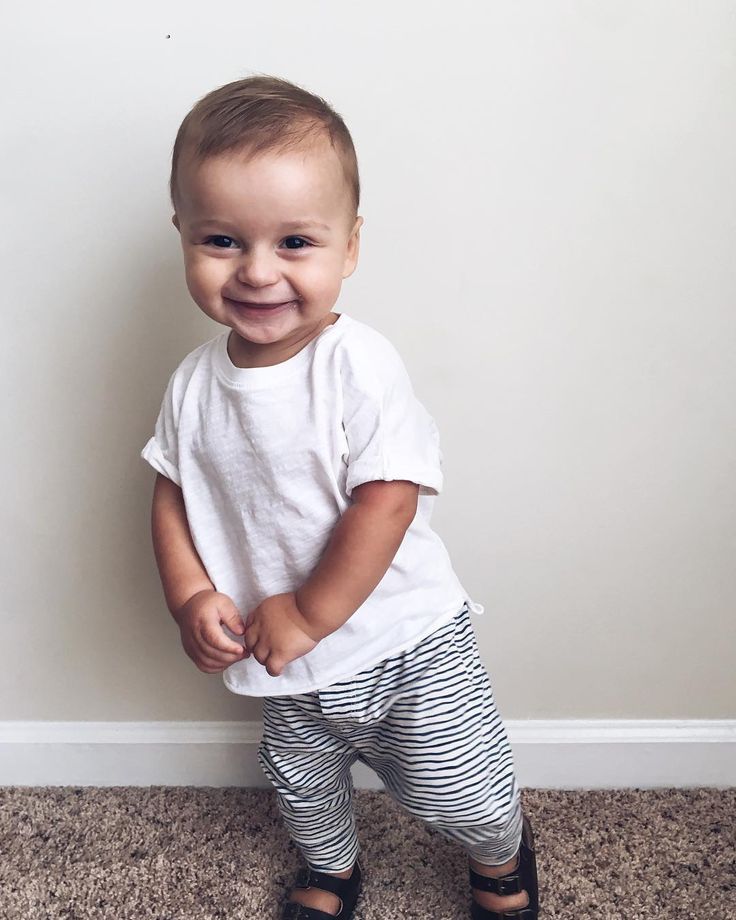 Teach your child acceptable ways to show that she’s upset.
Teach your child acceptable ways to show that she’s upset.
Toddlers (2-3 years of age) pdf icon[PDF – 784K]
Child Safety First
Because your child is moving around more, he will come across more dangers as well. Dangerous situations can happen quickly, so keep a close eye on your child. Here are a few tips to help keep your growing toddler safe:
- Do NOT leave your toddler near or around water (for example, bathtubs, pools, ponds, lakes, whirlpools, or the ocean) without someone watching her. Fence off backyard pools. Drowning is the leading cause of injury and death among this age group.
- Encourage your toddler to sit when eating and to chew his food thoroughly to prevent choking.
- Check toys often for loose or broken parts.
- Encourage your toddler not to put pencils or crayons in her mouth when coloring or drawing.
- Do NOT hold hot drinks while your child is sitting on your lap. Sudden movements can cause a spill and might result in your child’s being burned.

- Make sure that your child sits in the back seat and is buckled up properly in a car seat with a harness.
Healthy Bodies
- Talk with staff at your child care provider to see if they serve healthier foods and drinks, and if they limit television and other screen time.
- Your toddler might change what food she likes from day to day. It’s normal behavior, and it’s best not to make an issue of it. Encourage her to try new foods by offering her small bites to taste.
- Keep television sets out of your child’s bedroom. Set limits for screen time for your child to no more than 1 hour per day of quality programming, at home, school, or afterschool care and develop a media use plan for your family.external icon
- Encourage free play as much as possible. It helps your toddler stay active and strong and helps him develop motor skills.
- Make sure your child gets the recommended amount of sleep each night: For toddlers 1-2 years, 11–14 hours per 24 hours (including naps)
For More Information
- Infants and toddlers
- Preschool
- Middle childhood
- Adolescence
CDC’s “Learn the Signs. Act Early.” Campaign
Act Early.” Campaign
For more details on developmental milestones, warning signs of possible developmental delays, and information on how to help your child’s development, visit the “Learn the Signs. Act Early.” campaign website.
CDC’s Parent Information (Children 0―3 years)
This site has information to help you learn how to give your child a healthy start in life.
CDC’s Essentials for Parenting Toddlers and Preschoolers
Learn ways you can help build a safe, stable, and nurturing relationship with your child.
CDC’s Breastfeeding Information
This site has answers to frequently asked questions about breastfeeding.
CDC’s Information on Infant and Toddler Nutrition
Tips for Parents – Ideas to help children maintain a healthy weight.
CDC’s Protect the Ones You Love
CDC’s Injury Center has information on how you can protect your child from drowning and other common causes of injury.
CDC’s Information on Vaccinations
View the immunization schedule for infants and children and find out if your child’s vaccinations are up to date.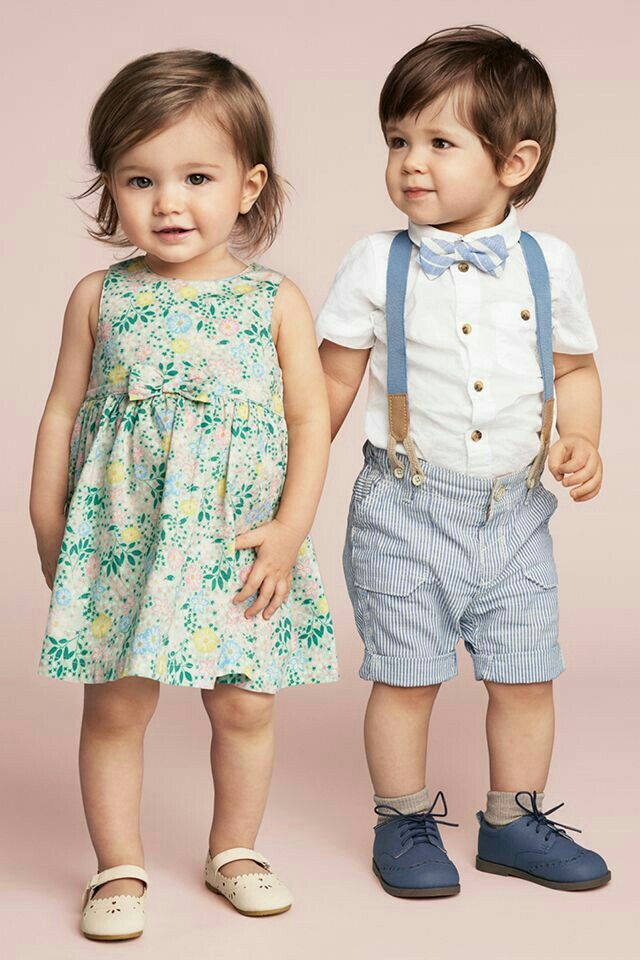
My Plate – Infantsexternal icon
The U.S. Department of Agriculture provides information on health and nutrition for 2 through 5 years of age.
My Plate – Toddlersexternal icon
The U.S. Department of Agriculture provides information on health and nutrition for toddlers
HealthyChildren.orgexternal icon
AAP’s Healthy Children website provides information on feeding, nutrition, and fitness for all developmental stages from infancy to young adulthood.
Just in Time Parentingexternal icon (JITP)
Quality, research-based information to families at the time it can be most useful.
Healthy Kids Healthy Futureexternal icon
You will find information on physical activity for young children and on ways to keep them moving.
National Highway Traffic Safety Administrationexternal icon (NHTSA)
NHTSA has information on safety recalls and safety tips for children riding in motor vehicles, walking, biking, playing outside, waiting at school bus stops, and more.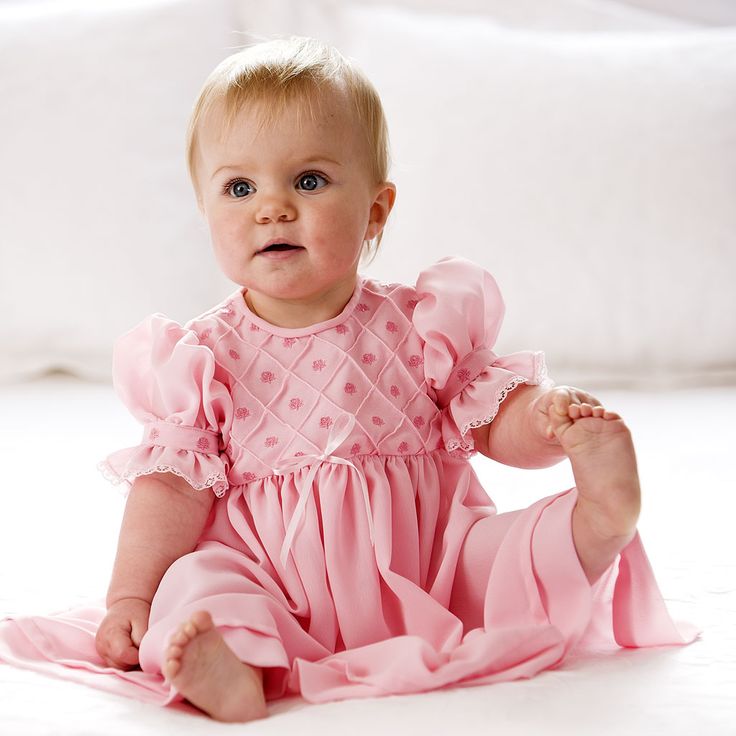
National Institute of Child Health and Human Development.external icon (NICHD)
Visit NICHD to learn how to reduce the risk of Sudden Infant Death Syndrome (SIDS) and about safe sleep environments.
World Health Organization information on infant nutritionexternal icon
This site has information to promote proper feeding for infants and young children.
CDC’s “Learn the Signs. Act Early.” Campaign
For more details on developmental milestones, warning signs of possible developmental delays, and information on how to help your child’s development, visit the “Learn the Signs. Act Early.” campaign website.
CDC’s Parent Information (Children 4−11 years)
This site has information to help you guide your child in leading a healthier life.
CDC’s Essentials for Parenting Toddlers and Preschoolers
Learn ways you can help build a safe, stable, and nurturing relationship with your child.
CDC’s Healthy Weight Information.
Tips for parents – Ideas to help children maintain a healthy weight.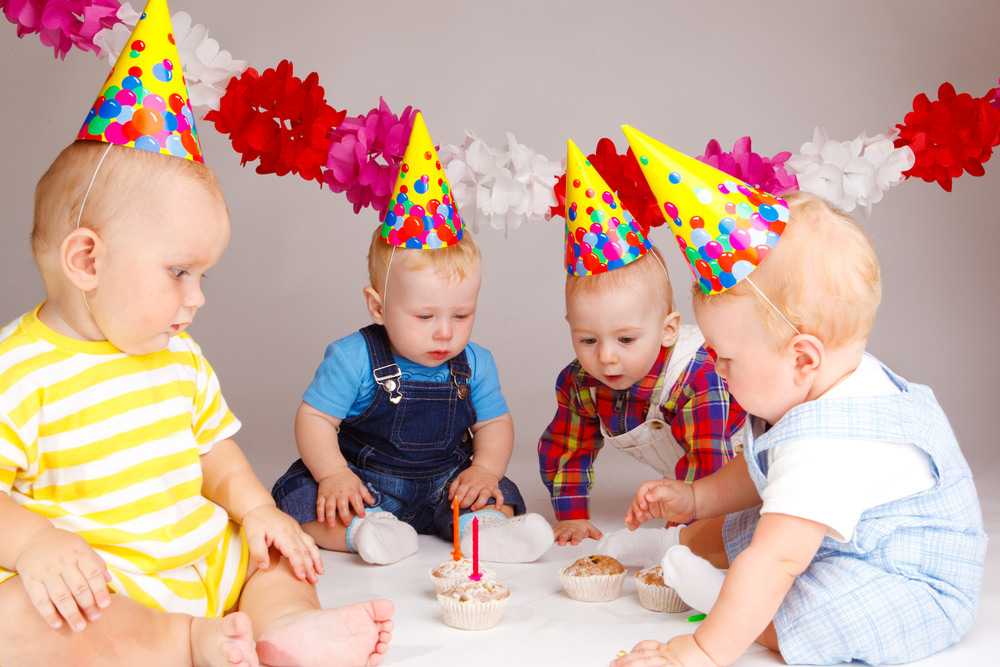
CDC’s Youth Physical Activity Guidelines
This site has information on how to help children be active and play.
My Plate- Preschoolersexternal icon
The U.S. Department of Agriculture provides information on health and nutrition for preschoolers.
HealthyChildren.orgexternal icon
AAP’s Healthy Children website provides information on feeding, nutrition, and fitness for all developmental stages from infancy to young adulthood.
Just in Time Parentingexternal icon (JITP)
Quality, research-based information to families at the time it can be most useful.
Healthy Kids Healthy Futureexternal icon
You will find information on physical activity for young children and on ways to keep them moving.
National Highway Traffic Safety Administrationexternal icon (NHTSA)
NHTSA has information on safety recalls and safety tips for children riding in motor vehicles, walking, biking, playing outside, waiting at school bus stops, and more.
CDC’s Parent Information (Children 4 — 11 years)
This site has information to help you guide your child in leading a healthier life.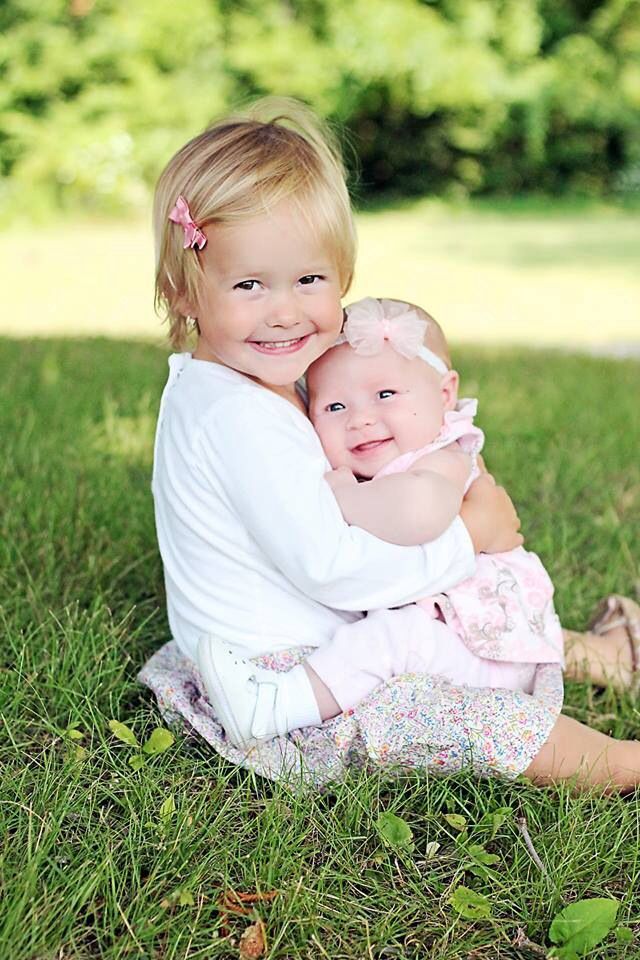
CDC’s Healthy Weight Information.
Tips for parents – Ideas to help children maintain a healthy weight.
CDC’s Youth Physical Activity Basics
This site has information on how to help children be active and play.
CDC’s Kids Quest
Kids Quest is a CDC website designed for students in fourth, fifth, and sixth grades, to get them to think about people with disabilities and some of the issues related to daily activities, health, and accessibility.
CDC’s BAM! Body and Mind
CDC’s BAM! Body and Mind is a website designed for kids 9 through 13 years of age to give them the information they need to make healthy lifestyle choices. The site focuses on topics that kids told us are important to them—such as stress and physical fitness—using kid-friendly lingo, games, quizzes, and other interactive features.
My Plate – Kidsexternal icon.
The U.S. Department of Agriculture provides information on health and nutrition for children over 5 years of age.
HealthyChildren.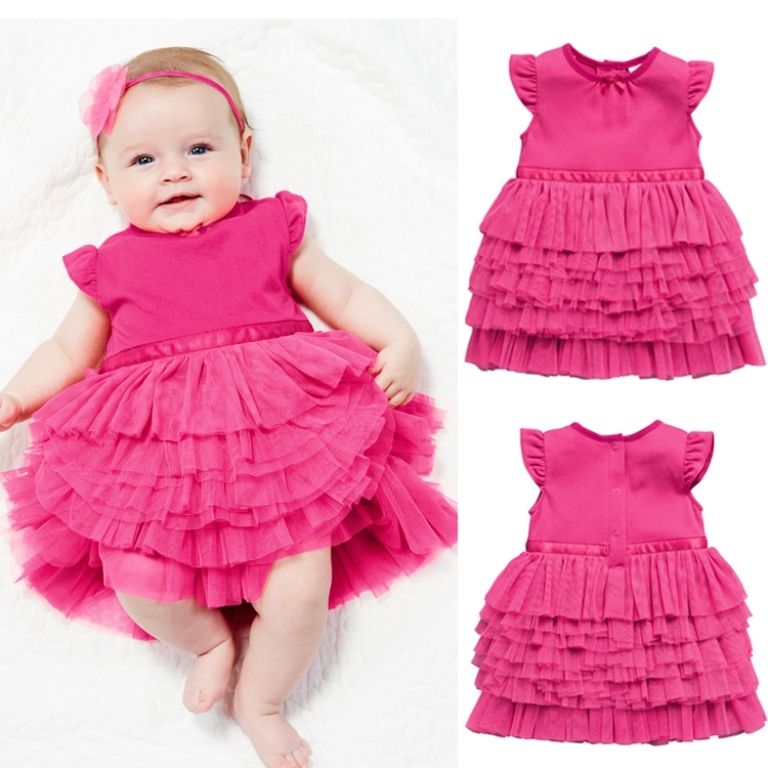 orgexternal icon
orgexternal icon
AAP’s Healthy Children website provides information on feeding, nutrition, and fitness for all developmental stages from infancy to young adulthood. Visit this website to learn more about emotional problemsexternal icon, learning disabilitiesexternal icon and other health and development concerns.
Just in Time Parentingexternal icon (JITP)
Quality, research-based information to families at the time it can be most useful.
Let’s Move-Kidsexternal icon
Five simple steps for parents towards creating a healthy environment at home.
National Highway Traffic Safety Administrationexternal icon (NHTSA)
NHTSA has information on safety recalls and safety tips for children riding in motor vehicles, walking, biking, playing outside, waiting at school bus stops, and more.
StopBullying.govexternal icon
StopBullying.gov provides information from various government agencies on how children, parents, educators and others in the community can prevent or stop bullying.
SAMHSA’s KnowBullying appexternal icon
A free app for parents to help prevent bullying, created by the Substance Abuse and Mental Health Agency (SAMHSA).
Teens Healthexternal icon
Visit this site for information on healthy eating and exerciseexternal icon for children and teenagers, safety tips for your child at homeexternal icon when you can’t be there, and other important health and safety topics.
CDC’s Adolescent and School Mental Health
Learn how connection is key to good adolescent mental health.
CDC’s Parent Information (Teens 12— 19)
This site has information to help you learn how to guide your teen to be safe and become a healthy and productive adult.
CDC’s Healthy Weight Information.
Tips for parents – Ideas to help children maintain a healthy weight.
CDC’s Youth Physical Activity Guidelines
This site has information on how to help children be active and play.
CDC’s Pregnancy Prevention for Teens.
Tips and information especially for teens and designed with input from teens.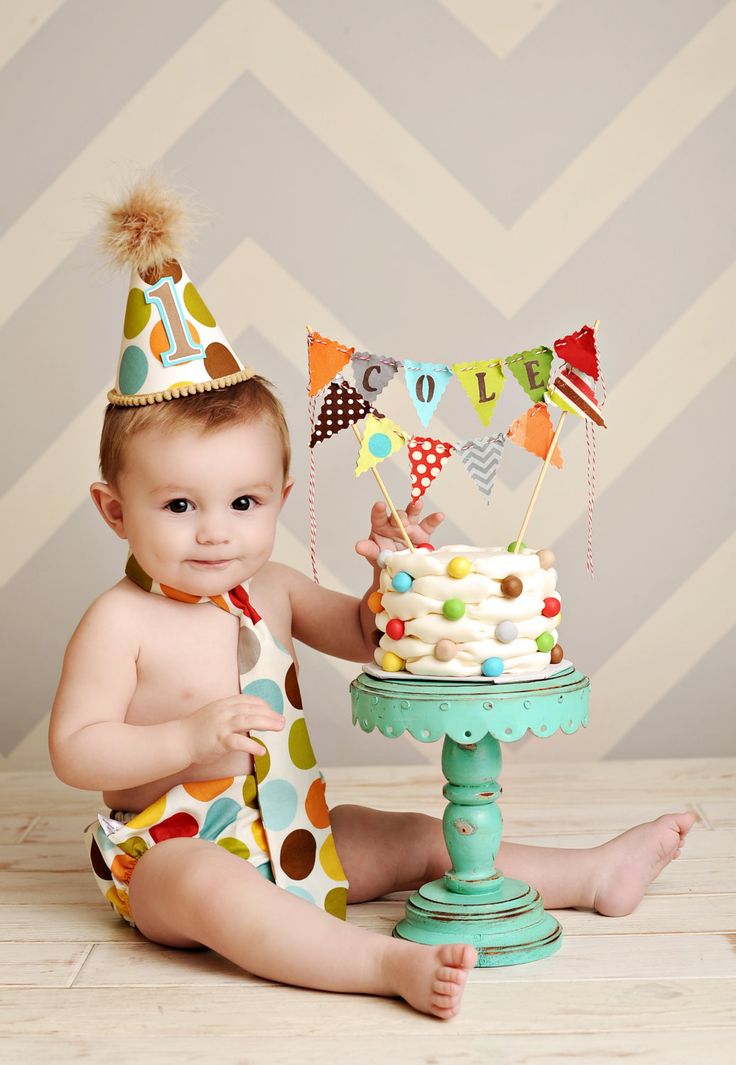
CDC’s BAM! Body and Mind
CDC’s BAM! Body and Mind is a website designed for kids 9 through 13 years of age, to give them the information they need to make healthy lifestyle choices. The site focuses on topics that kids told us are important to them—such as stress and physical fitness—using kid-friendly lingo, games, quizzes, and other interactive features.
CDC’s Information on Lesbian, Gay, Bisexual, and Transgender Youth Health
Learn about the physical and mental health of lesbian, gay, bisexual, and transgender youth
American Academy of Child & Adolescent Psychiatryexternal icon
The American Academy of Child & Adolescent Psychiatry has many fact sheets for parents on child and adolescent health and development.
My Plate – Teenexternal icon
The U.S. Department of Agriculture provides information on health and nutrition for teens.
HealthyChildren.orgexternal icon
AAP’s Healthy Children website provides information on feeding, nutrition, and fitness for all developmental stages from infancy to young adulthood.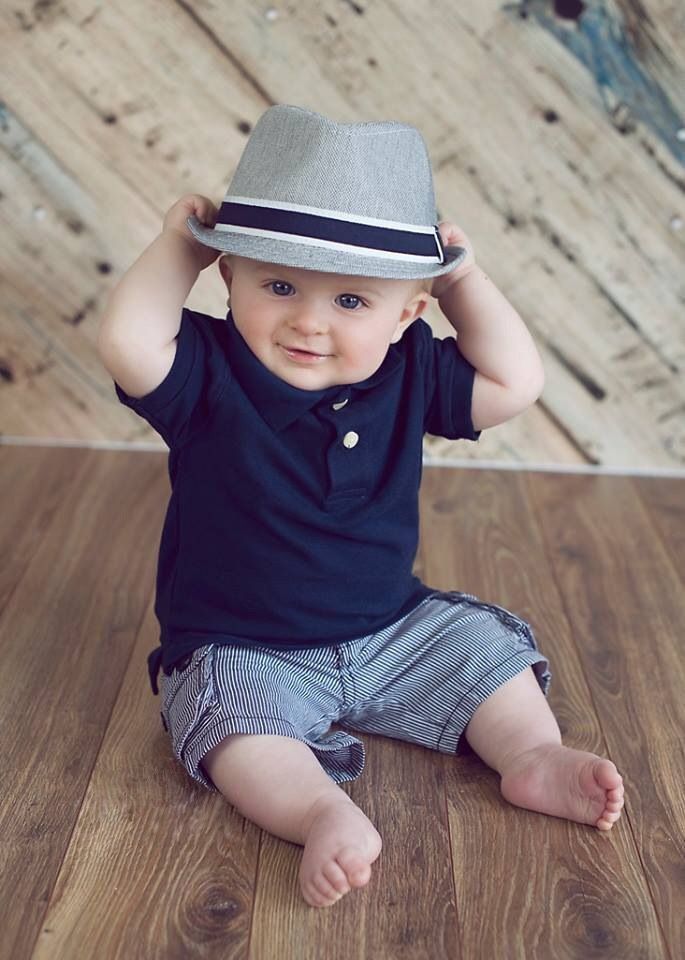
Just in Time Parentingexternal icon (JITP)
Quality, research-based information to families at the time it can be most useful.
National Highway Traffic Safety Administrationexternal icon (NHTSA)
NHTSA has information on safety recalls and safety tips for children riding in motor vehicles, walking, biking, playing outside, waiting at school bus stops, and more.
National Institute of Mental Healthexternal icon
The National Institute of Mental Health has information on mental disorders affecting children and adolescents, including anxiety and depression.
StopBullying.govexternal icon
StopBullying.gov provides information from various government agencies on how children, parents, educators, and others in the community can prevent or stop bullying.
SAMHSA’s KnowBullying appexternal icon
A free app for parents to help prevent bullying, created by the Substance Abuse and Mental Health Agency (SAMHSA).
Substance Abuse and Mental Health Services Administration (SAMHSA)external icon
SAMHSA works to improve the quality and availability of substance abuse prevention, alcohol and drug addiction treatment, and mental health services.
Teens Healthexternal icon
Visit this site for information on healthy eating and exercise for children and teenagers.
Development calendar: what a baby should be able to do at 2 years old
Each age stage has its own characteristics. It is the early age that is the time when the baby accumulates basic knowledge about the world and actively grows. Knowing the specifics of physical, intellectual and emotional development characteristic of a certain age, one can understand what skills are usually acquired by this moment, what to do with a baby and how to contribute to its development.
What a two-year-old should be able to do according to the Munich Diagnosis System
Parents who want to know the norms of psychomotor development of children under 3 years of age, it is useful to get acquainted with the system of the Munich functional diagnostics of development. It was developed in 1997 and includes practical indicators of child development.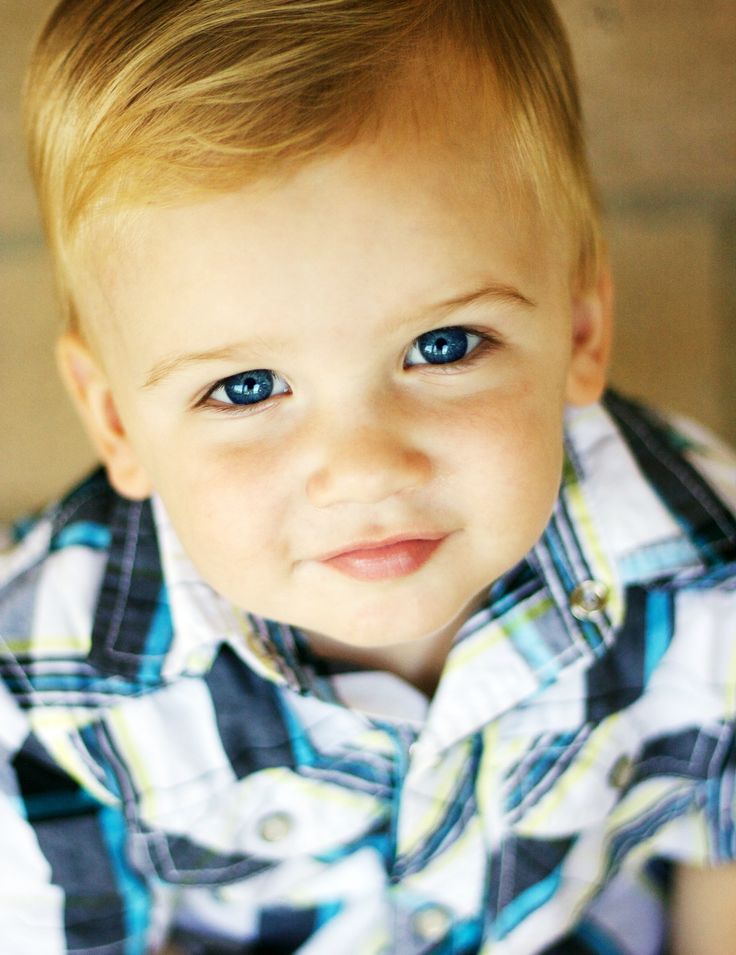 According to this diagnosis, by the age of two, a child should be able to:
According to this diagnosis, by the age of two, a child should be able to:
- Walk on tiptoe without the help of an adult;
- Stand on one leg for a short time;
- Jump;
- Climbing up and down stairs while holding on to the railing; nine0010
- Open doors;
- Unscrew and screw on caps;
- String large beads on a string;
- Build towers with cubes;
- Throw and roll the ball;
- Name animals;
- Name parts of the body;
- Sort by colour, size and shape;
- Correlate the image in the picture with the real object;
- Sing songs;
- Speak in short sentences;
- Play with peers;
A two-year-old child is already quite independent. The baby is already quite well developed coordination, he is constantly in motion. With the help of adults, a two-year-old is quite able to serve himself: go to the potty, drink from a cup, eat with a spoon, wash and dry his hands, undress.
nine0045Support the initiative of the baby and give him freedom - so he will quickly learn independence.
Physical development of a child at the age of 2
The age from one to three is often called “walking childhood”, because it is at this time that the baby acquires and improves the basic motor skill - he learns to walk. Let's look at the physical development of a 2-year-old child in more detail.
- Walking . At this age, the child usually walks already quite confidently. A two-year-old can move both backwards and sideways, knows how to quickly stop and change direction. The step gradually becomes measured, the hands are lowered when walking. Also, while moving, the child can bend over, raise his arms, turn his head, hold something in his hands, etc. nine0010
- Running. The running skill is just beginning to take shape at this age. The child loses balance due to insufficient formation of the vestibular apparatus and the center of gravity shifted upwards.
Therefore, it is not surprising that a 2-year-old baby often falls and earns bruises.
- Jumping. In order to learn to jump on two legs, the child must have developed coordination and muscular corset. Daily implementation of simple exercises will help to speed up this process. nine0010
At 2 years old, babies love everything that is connected with movement. Children of this age can run, jump, climb on the playground almost without stopping. Movement brings great benefits to children - they learn to control their body. At the same time, the kids get to master their hands faster (in particular, the hands), and the feet obey much more slowly.
- Stair access. Stairs often become a favorite place for children on playgrounds. Kids 2 years old really like to overcome obstacles and conquer peaks. nine0010
- Riding a scooter, balance bike, tricycle. By the age of 2, many parents buy their children a scooter or balance bike.
These acquisitions not only cause great joy in the child, but also contribute to his physical development. Children sit down for a bicycle later, closer to 3 years, since it is not at all easy for a baby to pedal.
Developmental classes in the children's center "Sozvezdie"
View all
Development of fine motor skills at 2 years
It is known that the improvement of fine motor skills is closely related to the intellectual and speech development of the baby. At the age of 2 years, children are especially interested in playing with small objects, shifting them, sorting, stringing beads. Most often, it is at this age that the leading hand of the child is determined, but it is useful to do all the exercises with both hands (in turn and at the same time).
For ideas on developing your toddler's fine motor skills, watch this video:
Perception development in two year olds0005
If in the process of movement the baby explores the possibilities of his body, then with the help of perception (vision, hearing, smell, touch, taste) the child learns the world around him.
- Vision . It is with the help of vision that children, like adults, receive most of the information about the world. Children at the age of 2 already have a good command of visual coordination and are able to follow a moving object with their eyes, distinguish between horizontal and vertical lines. However, they still cannot perceive the whole and the parts at the same time, therefore, if the baby is in the crowd, it will be difficult for him to quickly find his adult. nine0010
- Rumor .
It is worth paying attention to the auditory perception of the child, since with hearing problems, the baby is likely to experience difficulties in speech development. At 2 years old, a child should be able to distinguish between intonation well and understand simple requests.
- Taste and smell . In our culture, for some reason, almost no attention is paid to the role of these analyzers in the exploration of the world by a baby. At the same time, in France, the development of taste buds is regarded as an important step in the psycho-emotional development of a child. nine0010
- Touch . Tactile contact with significant adults is very important for the mental and physical health of the baby. It is thanks to him that children develop trust in the world, feelings of security and love. In early childhood, tactile perception of objects is on a par with visual perception. Toddlers get ideas about such concepts as cold / hot, hard / soft, smooth / rough precisely through tactile sensitivity.
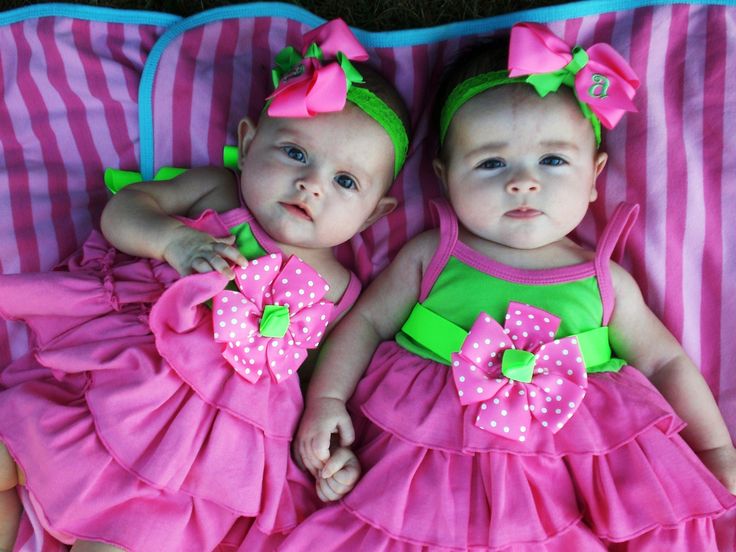 nine0002 For the development of a child of 2 years old, it is very important that the baby receives as many impressions as possible. At the same time, it is desirable that information be obtained from different sources. In the children's center "Constellation" for the harmonious development of children, a Montessori environment has been organized, from which each child can learn exactly what he needs at the moment.
nine0002 For the development of a child of 2 years old, it is very important that the baby receives as many impressions as possible. At the same time, it is desirable that information be obtained from different sources. In the children's center "Constellation" for the harmonious development of children, a Montessori environment has been organized, from which each child can learn exactly what he needs at the moment.
Speech development at 2 years old
What speech skills should a 2 year old child have? What is the peculiarity of the speech development of babies at this age? nine0003
- Speaks in simple sentences;
- Basically, calls nouns;
- Uses verbs infrequently;
- Makes requests and voices his needs (I want, give, please, thank you, etc.)
- Has a large passive vocabulary;
- Speech is emotionally colored, accompanied by gestures and facial expressions;
- Can pronounce about 200 words;
- Asks questions (what? where? when?).
nine0010
By the age of 2, the child's speech acquires the function of communication. In addition, kids often voice any of their actions. The more time you spend with your child and talk to him, the more intensively his speech will develop.
Developmental classes in the children's center "Sozvezdie"
View all
Personal hygiene skills
A two-year-old child is already quite independent, and many parents strive to instill in their baby self-care and personal hygiene skills. If you approach this issue wisely, then at 2 years old the child will be able to independently:
- Wash;
- Wash hands;
- Brush your teeth;
- Go potty.
Potty training is a problem for many. Someone is trying to forcibly put a child on a potty, while someone does not attach much importance to this skill. Scientists have found that children themselves begin to strive to go to the potty at the age of 1.
5 - 2.5 years. Until this time, babies are just learning to control their intestines and bladder. Therefore, by no means should you scold the child for “wet deeds”. If the baby himself wants to go to the pot, be sure to encourage this, praise any attempt by the child to control his body and be patient. Someone learns to potty quickly, and someone at 2 years old constantly pisses in his pants, but this is not a deviation from the norm. Be patient, and your baby will definitely learn to go to the potty. nine0003
Conclusions
So, a two-year-old child is already an independent person with his own character. At this age, the baby acquires many new self-service skills, his physical, intellectual, speech, emotional development improves. The main achievement in the motor sphere is confident walking. Now the child can perceive the world even more fully and vividly.
Conclusion
2 years is the age when the baby is constantly striving to learn something new, he is fascinated by everything.
It is very important to support the initiatives of the child and create favorable conditions for his development. The children's Montessori Center "Constellation" has everything for the harmonious development of your baby. In our club for children 2 years old, classes are held in the following areas: general developmental classes, speech therapy classes, fitness for kids, music lessons, English, rhythm and dance, creative workshops. We are waiting for you in our children's center! nine0003
Prepared by a Montessori teacher
Malysheva EvgeniaThe story about the Children's Club "Constellation"
We invite kids to visit the Children's Club "Constellation" We have children aged from 8 months to 7 years old.
Child Development Calendar from the Health of the Nation
The Child Development Calendar from the Health of the Nation medical center is a convenient system that tells parents by months how the baby is developing.
nine0003
Child development by months
Newborn
How does the baby behave in the first weeks of life? Should I be worried if he sleeps 18 hours a day? What you need to know about the features of feeding the crumbs, and what recommendations for care should be followed?
Read more
nine0198 1 month
What happens to a child at the age of one month, how his behavior changes. Features of development and the emergence of new actions. What you need to know about nutrition, daily care. Planned visits to doctors and testing.
Read more
2 months
What happens in the life of a child at the age of 2 months? What behaviors should be taken into account? The appearance of the first emotions of the baby, the development of the vocal apparatus.
nine0003
Read more
3 months
What discoveries do parents expect when a child turns 3 months old? The emergence of new skills, the first conscious manifestation of emotions and desires. What you need to know about the features of feeding?
Read more
4 months
What happens to a 4 month old baby? The first serious games and interaction with the outside world. What you need to know about the features of feeding, and what recommendations for care should be followed?
Read more
5 months
Transition period from horizontal position.
